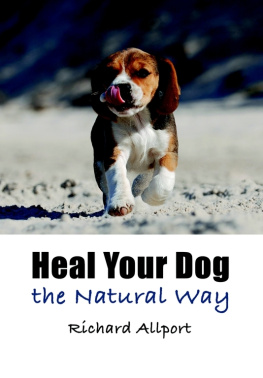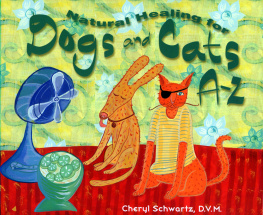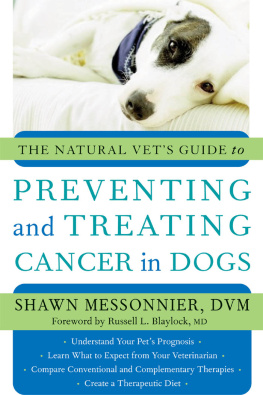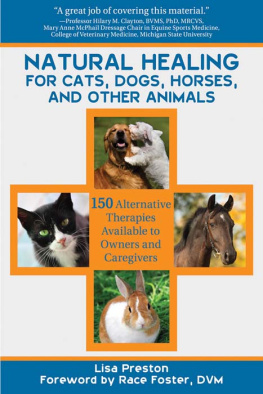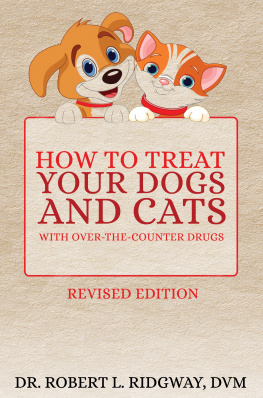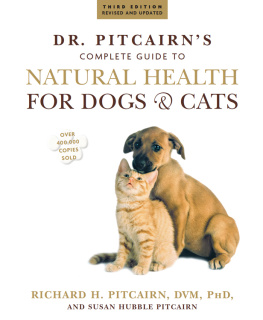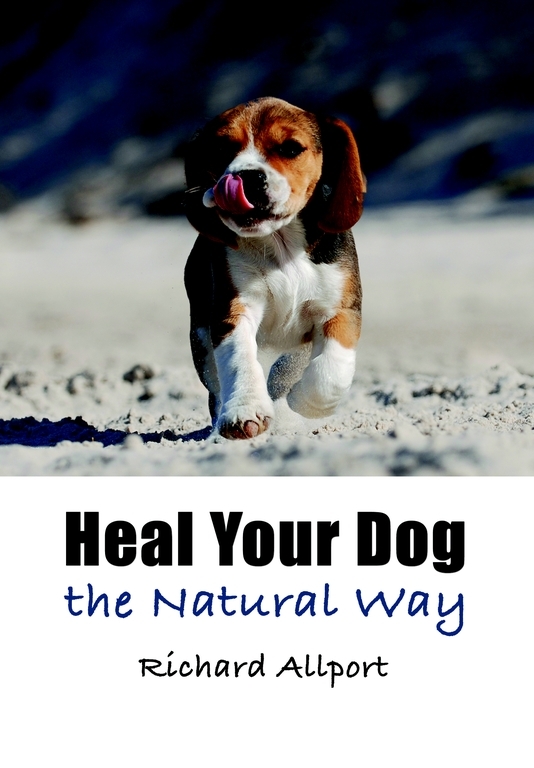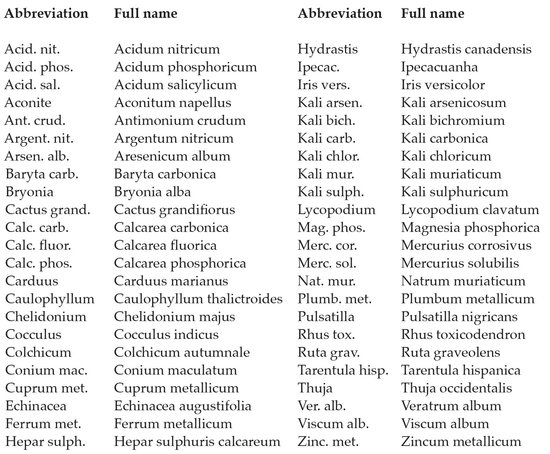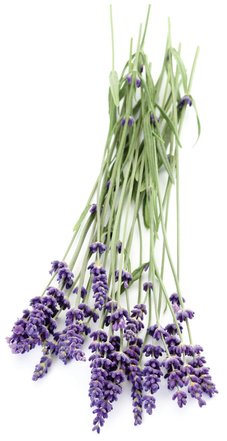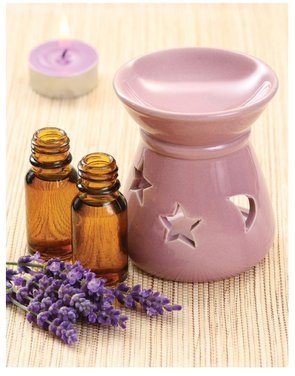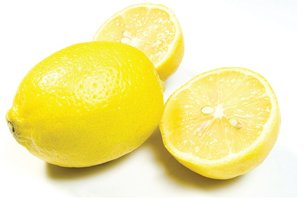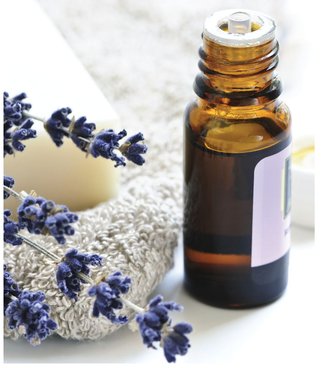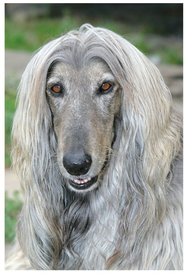There are three main ways to administer essential oils: by mouth (oral administration), by massage and by diffusion.
Oils can be given by mouth, but this is a method that should only be undertaken with the strict supervision of an expert in aromatherapy techniques. This is because essential oils are so concentrated that even small amounts can have a toxic effect.
This method is the one that is most commonly used. One drop of the appropriate oil is added to 2.5ml ( tsp) of an inert carrier oil such as Wheatgerm, Sweet-almond or Sunflower. The role of a carrier is to dilute the essential oil, allowing it to be absorbed through the skin. A few drops of the diluted mixture are massaged into a hairless or the least hairy area of skin (usually the armpit area, the groin, or an inner thigh). Three to four minutes of gentle massage will allow sufficient oil to be absorbed. In general, an aromatherapist will recommend twice-daily massage for five days as a typical dosage regime. Neat essential oils must never be applied directly to the skin, as in this concentrated form they can result in rashes and soreness.
As an alternative to massage, essential oils may be administered using a diffuser. In this method, the oil is heated and inhaled by the dog as it evaporates.
Aromatherapy case study
Vera was an Afghan hound who was afflicted by chronic sinusitis (see p. 160). She had previously suffered from a bout of kennel cough (see p. 92) after spending two weeks in boarding kennels, and this had been treated with a course of antibiotics. Although the persistent coughing caused by the virus had stopped, Vera developed an annoying catarrh in the sinuses, which additional treatment with antibiotics failed to clear up.
Veras owner happened to be an aromatherapist and, after coming into my surgery to discuss the dogs symptoms, set up a diffuser using a blend of Eucalyptus, Pine and Thyme essential oils. Vera seemed to enjoy settling down for a thirty-minute session of inhalation twice a day; and, within five days, her sinusitis had cleared and she could breathe easily again.
Apart from demonstrating how successful aromatherapy can be, this case also illustrates how conventional drugs can sometimes suppress disease while allowing a chronic condition to develop.
Diffusion
In this technique, a diffuser is used to evaporate the oil, which is then inhaled by the patient. The diffuser should be left in operation with the dog in the same room for about thirty minutes, so that sufficient oil is absorbed. This procedure will generally need to be repeated twice daily for five days. Diffusers are relatively inexpensive to buy, and come with simple setting-up instructions.
Suitability
Aromatherapy has a rapid action a few days treatment is normally all that is required and the fragrant remedies are very pleasant to use. They are also readily available: health-food stores, pharmacies and even beauty-product outlets stock or can obtain essential oils. Do ensure, however, that the oils are of true plant origin rather than being synthetic (this information should be given on the product label), as the latter appear to be less effective.
The disadvantages involve administering the oils to dogs. As has been discussed, oral dosing is not normally advisable, while massage can be a problem: most dogs do seem to appreciate a gentle massage for a few minutes each day; but some quickly become bored and can be difficult to keep still. Diffusers are straightforward to use, but can be messy and are also fairly time-consuming.
One further drawback of aromatherapy is the cost: essential oils are expensive, and have only a limited shelf-life, particularly if purchased already diluted in a carrier oil. It would certainly be prohibitively expensive to keep a stock of all the essential oils mentioned in this book. Simply buy the oils as you need them.
Another option is to locate an aromatherapist who has experience of using essential oils for animals, and to ask your vet to refer your dog when the need arises. This will also ensure that the correct diagnosis is made, and that both you and the aromatherapist know exactly what condition is being treated. In this way you can be certain that the essential oils used will be just right for your dog.

